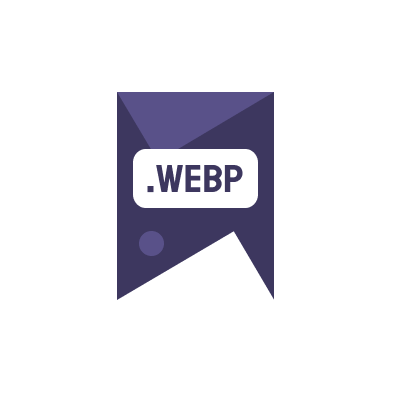Despite the advantages of the WebP on social media format, such as smaller file sizes and faster loading times, its adoption by social media platforms has been limited. In this article, we delve into the reasons why WebP on social media is not widely supported and provide insights into how users can still benefit from this technology.
Underlying Reasons for Limited WebP Adoption
Social media platforms are slow to adopt the WebP format primarily due to compatibility and user experience concerns. To understand this better, let’s explore these factors:
- Browser Compatibility: Although WebP is supported by many modern browsers, some older versions and certain browsers do not fully support it. Social media platforms aiming for broad accessibility cannot afford to alienate users who might be on less common or older browsers.
- Infrastructure Overhaul: Adopting a new image format like WebP requires significant changes in the existing digital infrastructure of a platform. This can be resource-intensive and risky, especially if there are any incompatibilities or stability issues.
- User Upload Preferences: Users often upload images in formats they are familiar with, such as JPEG or PNG. Requiring them to convert images to WebP could potentially complicate the upload process, leading to a poorer user experience.
How to Use WebP on Social Media Despite Limitations
While direct support for WebP in social media is not widespread, there are ways to utilize this format effectively:
- Conversion Tools: Use tools to convert images from WebP to more commonly supported formats before uploading. Visit https://converterwebp.com for efficient conversion solutions.
- Optimize Images Beforehand: Optimizing images in WebP format before converting them can reduce file size significantly, maintaining quicker loading times even after conversion.
For more detailed insights into WebP and SEO, visit https://developers.google.com/search/docs/fundamentals/seo-starter-guide.
Alternatives and Strategies for Optimized Image Sharing
If you are looking to optimize your images for social media, consider the following strategies:
- Image Compression Tools: These tools can help compress and optimize JPEG and PNG files that are universally accepted on social media platforms.
- Using Cloud Services: Some cloud services offer automatic image optimization which ensures that images uploaded to social media are in the format that offers the best quality and speed.
In conclusion, while the adoption of WebP on social media formats by major platforms has been slow, there are still multiple ways to ensure your images are optimized for the best possible performance on these channels. By understanding the limitations and exploring available tools and strategies, users can enhance their social media engagement.

